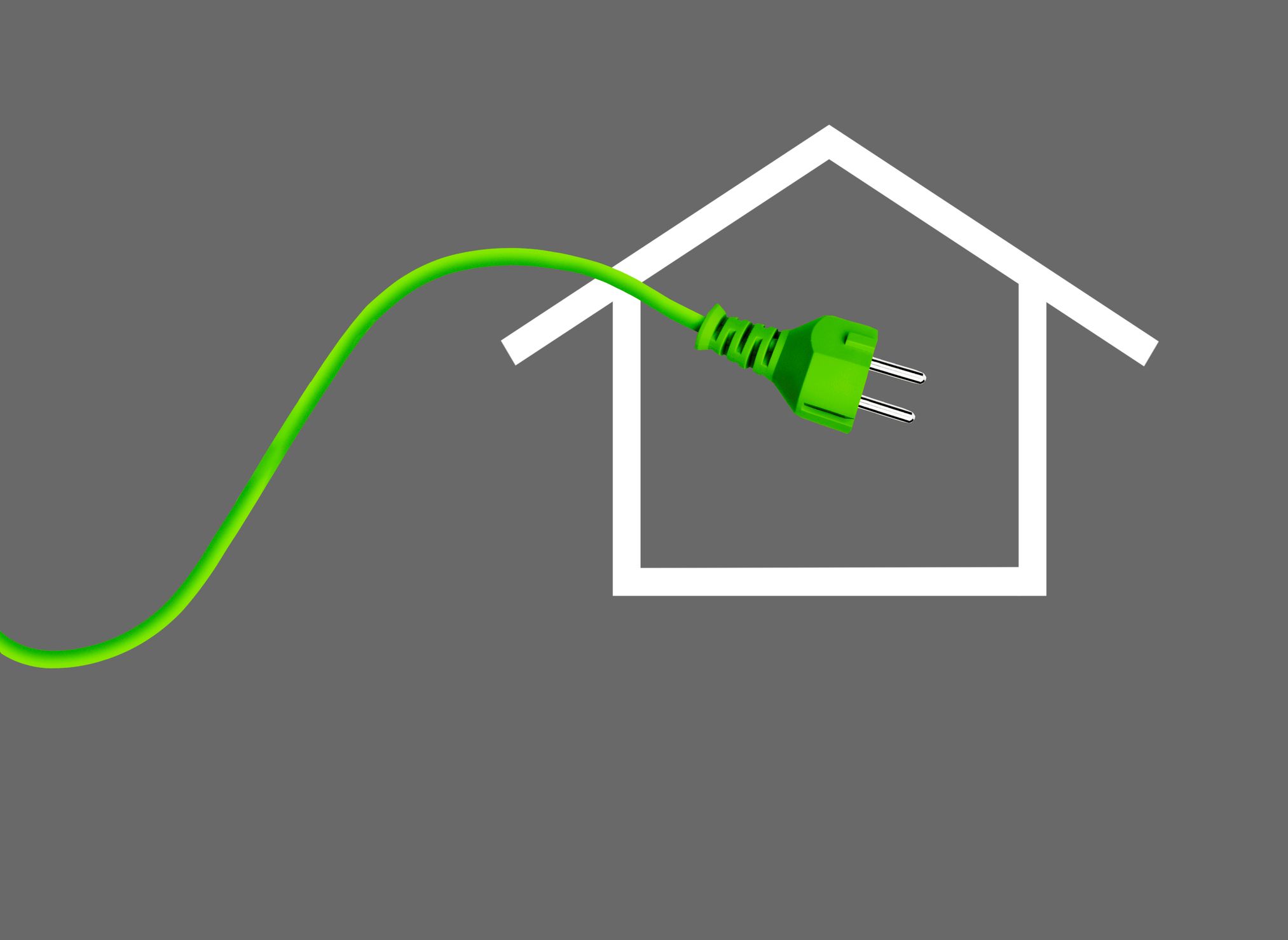
How Electricity Actually Moves Through Your Home (Without Getting Too Technical)
Published on July 21, 2025
Written by Amanda Bruce
How Electricity Actually Moves Through Your Home (Without Getting Too Technical)
Electricity can feel like magic until it stops working. Then you’re left wondering: What’s behind the switch? Where does power really go?
Whether you're renovating, upgrading to smart home tech in Lewisville, or just trying to understand your Flower Mound home's electrical system better, this post is for you.
Let’s break it down simply—no formulas, no tech jargon.
The Journey Starts at the Service Entrance
Every home’s electrical system begins outside—where your utility company connects your house to the grid. This power travels through a service drop (overhead) or service lateral (underground) to your main service panel, usually located in the garage, utility room, or on an exterior wall.
In your panel:
- Electricity is divided into circuits
- Circuit breakers protect each one
- A main breaker controls the whole house
This is the “central station” of your home’s power supply.
Circuits: The Pathways Power Travels
Once inside the home, electricity travels through circuits—loops of wire that begin at the panel and end at outlets, switches, or hardwired fixtures.
Each circuit is designed to serve a particular area or purpose:
- Kitchen circuits may handle appliances like your microwave or toaster oven
- Lighting circuits control overhead lights or sconces
- Dedicated circuits are used for high-power equipment (like EV chargers or HVAC)
Most homes have 15 or 20 amp circuits, but newer homes or upgrades may use more robust ones for smart features or garages.
If you're considering a smart home upgrade in Highland Village, this is where planning your circuit load really matters.
What About Grounding and Neutral Wires?
Every circuit has three key wires:
- Neutral (white or grey): carries it back to the panel, completing the loop
- Ground (bare, green, green with yellow stripe): a safety wire that directs stray current into the earth if something goes wrong
- Hot (any other color, commonly black/red): carries electricity to the outlet or light
Think of it like a water hose with a built-in overflow drain. Grounding keeps your home safe from shocks and fire hazards.
How Do Switches and Outlets Work?
Switches interrupt the hot wire, stopping the flow of electricity. Outlets simply connect the hot and neutral wires so that devices can tap into the current.
If something stops working, it’s often due to:
- A tripped breaker (especially if a circuit is overloaded)
- A loose connection at the outlet
- Or a GFCI or AFCI interrupter kicking in for safety
What Homeowners Should Watch For
You don’t need to know every code in the NEC, but it’s smart to recognize early warning signs of electrical trouble:
- Flickering lights
- Warm outlets or light switches
- Breakers that trip repeatedly
- Outlets that don’t work (especially near sinks)
These could point to wiring issues, outdated panels, or overloaded circuits—all things our electricians in Flower Mound, Southlake, or Lewisville can help with.
Where Smart Homes Fit In
Smart lighting, thermostats, and EV chargers all require thoughtful planning. They may:
- Require dedicated circuits
- Need low-voltage wiring
- Demand higher panel capacity
If you're thinking about future-proofing your home, now is a great time to evaluate your panel and circuit layout.
Why This Knowledge Matters
You don’t need to become an electrician to make smarter, safer decisions about your home. Whether you’re troubleshooting a flickering light in Southlake or planning a smart garage in Flower Mound, understanding how electricity flows can:
- Help you communicate with your electrician
- Spot early issues before they become dangerous
- Make better upgrade decisions for your home
At Tradesmen’s Pride, we believe knowledge builds trust. If you’re ever unsure, we’re just a message away.